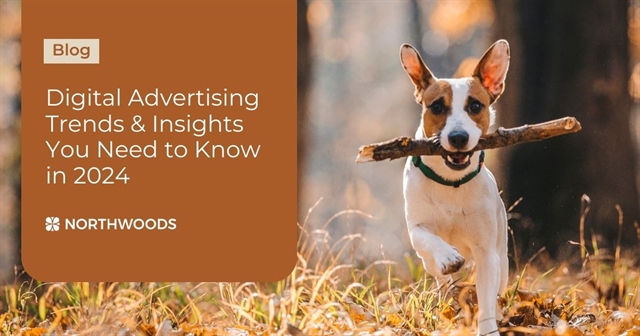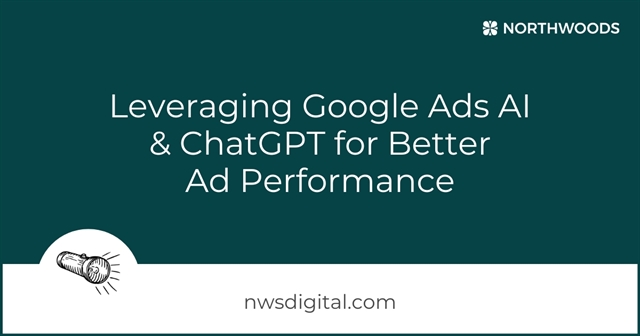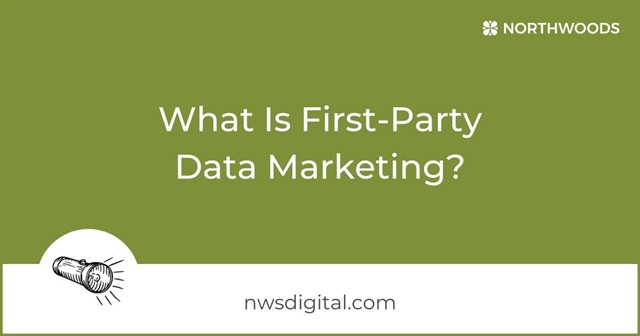By Edward Kozlowski
July 29, 2024
6 Minute Read
In August 2019, Google announced an eventual phase-out of third-party cookies from its Chrome browser. That announcement sent shockwaves through the advertising sector. The panic subsided, perhaps because of long delays; then, on July 22, 2024, Google paused deprecation and appears to have abandoned ship for now.
However, in all likelihood, a cookieless future is still coming. Digital advertisers are – or should be – developing strategies and tactics to cope with that future.
Here’s how to get started.
What Are Cookies?
Cookies are small text files that contain data about a user. That data is stored for future use.
- A first-party cookie is a bit of information that the visited website stores locally, on the user’s computer. These cookies typically perform functions that website visitors find useful. For example, without first-party cookies, you’d have to re-type your username and password every time you visit a website.
- Third-party cookies are created by domains other than the website you’re browsing. Digital advertisers use these cookies. Generally, they allow ads to be served on other websites. Say you’re browsing Amazon for a new kayak; hours or days later, ads for that very same kayak pop up within a news article you’re reading. Third-party cookies make this happen.
Cookies in Advertising
Both first and third-party cookies play vital roles in current online advertising. They allow marketers to suggest relevant ads, retarget users across the internet, and store key pieces of user information. Cookies drive ads, and ads pump up revenue. Cookies also influence analytic measurements, which will change when third-party cookies crumble.
Why Third-Party Cookies Are Going Away
Recent rulings in Europe and growing privacy concerns in the U.S. are driving the demise of third-party cookies. Users want more control over data collected about them. Apple and Mozilla (Firefox) removed cookies from their browsers, and perhaps one day, Google will also do so. For now, Google will continue to allow users to choose whether or not to allow cookies.
And yet, all is not lost for digital advertisers. After years of warning about the third-party cookie demise, first-party, zero-party and other new technologies are proving to be more valuable.
The Future of Cookieless Advertising
Digital advertisers now rely heavily on third-party cookies to track users and effectively target ads. But an end to third-party cookies doesn’t mean an end to targeted advertising. Marketers must pivot to collect direct customer data and find alternative targeting methods.
Option 1: First-Party Cookies/Zero-Party Data
Marketers/advertisers can continue to collect valuable consumer data directly from sites they control. First-party cookie data is pure because it comes direct from the user. Data from first-party cookies, also known as essential cookies, improve predictability and forecasting.
Zero-party data is one step further and is data explicitly provided by customers.
Option 2: Contextual Marketing
Contextual marketing delivers display ads that match the content, keywords, and topics on the page while the user views it. The beauty of it: No cookies are required, and the display ads always align with the user's current intent. A user reading about home furniture, for example, will see an ad for couches.
Option 2.5: Intent-Based Marketing
Intent-based marketing applies to search advertising. Instead of obtaining possibly irrelevant data from third-party cookies, this approach matches ads to searches. The ads delivered relate directly to what the user seeks in the market.
Say the user is searching for bikes – up pops an ad for Trek bikes. Third-party cookie data might deliver an ad for kitchen knives, based on week-old browsing history. Intent-based marketing is more likely to deliver actionable results.
Option 3: Email Marketing
Today, first-party data is the greatest marketing asset, and its importance will grow with time. Collect it through email sign-ups, which can be a valuable source for filling in your customer's data profile. A collected email address opens many avenues to additional information. You can implement profile pages, polls, and target users directly. You can add your email lists to Google Customer Match for better ad targeting.
Option 4: Google Developments
Google is developing ideas for creating a more privacy-focused ad experience.
Shortly after Google’s cookie announcement in 2019, the company rolled out an alternative, the Federated Learning of Cohorts. They developed it around an open-source technology to build clusters of people with similar browsing activities. Privacy issues blocked this technology; it could quickly lead back to hyper-targeting with the combination of personal identifiers.
Google’s next crack at a cookieless future was Topics. The long and short: The Topics API assigns five topic headings to a user for a week. Then, if a site’s content applies to any of those topics, an ad can be delivered. At present, 350 interest groups exist; the relatively small number has raised concerns over limitations on detailed targeting. But that 350 is likely a floor; that number should rise over time.
FLEDGE – First Locally-Executed Decision over Groups Experiment – is also in the works at Google. The concept: Deliver interest-based ads, as selected by the browser on the basis of previously visited websites. Like Topics, FLEDGE remains in the sandbox phase.
Google is also testing a new featured called Tracking Protection, which began in January 2024. This new Chrome feature is set by default to limit cross-site tracking, by restricting websites’ access to third-party cookies. This is limited to random users initially but could be extended to all Chrome users in the future.
To prepare, marketers should make sure to take advantage of the Optimized Targeting feature within Google Ads. Optimized Targeting can help you reach new and relevant audiences by looking at your Google Ads data (keywords, creative, landing pages, etc.).
Tracking & Data Measurement
Google Analytics will operate differently without third-party cookies. Machine learning will continue to replace data that cookies have provided. Google Analytics will continue to delve deeper into behavioral reporting. Google’s Consent Mode will pair with Google tags to honor user preferences regarding cookies. If users opt out of cookies, modeling will fill in the missing pieces.
The Big Picture
Advertisers mostly ignored the loss of third-party cookies on Apple and Mozilla platforms but were actively waiting on Google. After all, Google Chrome has 65% share of the browsing market, and Google Ads account for 28.6%.
Advertisers have viable alternatives in first-party cookies, zero-party data, email, contextual marketing, and Google's Privacy Sandbox projects. (To keep up with Google’s initiatives, bookmark its Privacy Sandbox.) The shift has been profound over the last few years, and advertisers already see the future without a need for third-party cookies. If Google does eventually phase out third-party cookies in Chrome, it could just become a small blip on the radar.
The introduction of AI into the marketing field is also rapidly changing what's possible for marketers. Check out these free AI tools for digital marketing.
Marketers and advertisers must still get ready for the loss of third-party cookies. But the future isn’t gloomy. It offers the potential of a better balance of marketing and customer privacy. A cookieless future can enhance user confidence in an industry that takes privacy seriously.
Our team is here to help you navigate and understand changes in the digital advertising space. If you have questions or need help with your digital advertising initiatives, don’t hesitate to contact us.
Related Blog Posts

Here are the key trends and insights that will shape digital advertising in 2024 and beyond.

Leveraging Google Ads AI features in combination with ChatGPT can significantly enhance digital ad performance. Here's what you need to know.

Transparency, choice and control are the new keywords of online marketing strategy and are integral to first-party data collection. Here's why and how you can improve your first-party data collection in a way that shows customers their purchase behaviors inspire your strategy – and not the other way around.